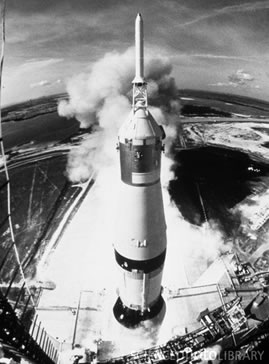
Figure S3. Apollo 11 launch on the Saturn V in 1969, illustrating the reliability of chemical rocketry
The stationkeeping subsystem is necessary to maintain the desired orbit. Various forces (primarily due the Moon, Sun, the Earth’s oblateness, aerodynamic, gravitational, and magnetic forces) would alter the orbit over time, degrading the mission effectiveness. It is necessary to correct for these forces, though relatively infrequently, as the orbital degradation is slow. Due to the need for infrequent but relatively powerful thrusting maneuvers exerted at a single point on the satellite (the center of mass), a chemical rocket was chosen for stationkeeping maneuvers. Chemical rockets are inexpensive due to their simplicity and long engineering history (dating back several decades) and are thus also relatively reliable.
The stationkeeping analysis was performed to account for an average and worst case scenario, given a circular 600 km altitude orbit. The different scenarios derive from the fact that the atmospheric density and therefore aerodynamic forces on the satellite fluctuate drastically based on solar activity. Both scenarios provide a very conservative estimate on the needed fuel mass for stationkeeping, as the real orbits are highly elliptical, approaching Earth at an altitude of approximately 600 km only at perigee. The fuel mass was calculated using the basic chemical rocket equation:

It was found that approximately 10,200 kg of fuel is needed yearly to perform stationkeeping maneuvers. As it is not possible to maintain fuel tanks large enough to sustain the satellite orbit over the entire mission lifetime, periodic resupply missions will be carried out to resupply the satellite with necessary fuel.
